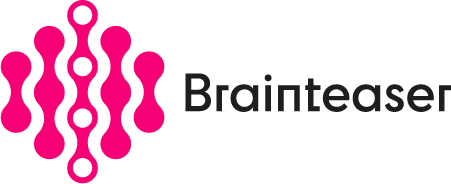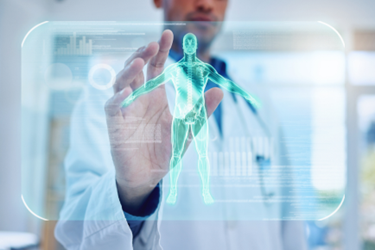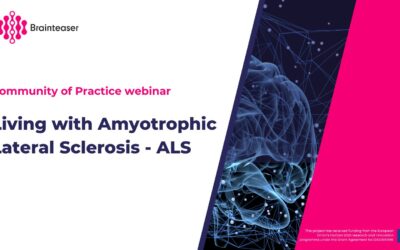Digitalization of clinical data started in the 90s, but in recent years healthcare services have witnessed many technological advances and the emergence of data analytics. This cutting-edge field has revolutionized the healthcare landscape, unlocking unprecedented insights to help clinicians deliver better care for patients and caregivers, and greatly improving disease prevention and disease management. So how can we maximize its utility in a meaningful and efficient manner?
For instance, the healthcare sector generates enormous amounts of data from different sources, including electronic health records, medical imaging, wearable devices, environmental factors, and data generated by patients. The vast potential of digital technology in healthcare lies in harnessing this wealth of information and utilizing the latest technological resources to improve the standard of care, shifting to patient-specific approaches and reducing uncertainty and disinformation.
Supported by novel data collection tools (such as smartphones and wristbands), data analytics uses statistical and computational techniques to allow healthcare professionals to interpret this information, identifying subtle patterns that human observers might miss. These tools and techniques are incredibly useful for understanding and managing complex diseases such as Amyotrophic Lateral Sclerosis (ALS) and Multiple Sclerosis (MS). More specifically, the analysis of data patterns from various sources can provide healthcare professionals and researchers with a comprehensive understanding of an individual’s health profile, enabling several advantages:
- Early and accurate diagnoses for timely interventions.
- Identification of unknown risk factors to provide preventive measures.
- Identification of biomarkers and genetic variations for patient-specific approaches.
- Prediction of health trends and treatment responses to improve patient outcomes.

The analysis of digital data plays a crucial role in early detection and preventive healthcare, but it is also useful for applying personalized therapies and custom patient pathways. Indeed, one of the key advantages of data analytics in healthcare is its ability to support evidence-based clinical decision-making, by providing recommendations to healthcare providers. Nonetheless, data analysis must always be guided by clinical advice, including the selection of variables and the inclusion of relevant data.
For example, the BRAINTEASER project shows the potential of new digital technologies and data analytics in healthcare. BRAINTEASER leverages the value of big data (large amounts of data) by encompassing health-related information, lifestyle habits, and environmental factors altogether, to support patients with amyotrophic lateral sclerosis (ALS) and multiple sclerosis (MS), their clinicians, and caregivers. The big data collection is performed through a mobile app and cost-efficient sensors, minimizing the burden on participants. The project also seeks to develop solutions based on artificial intelligence to shed light on disease mechanisms, enable early detection, and prevent complications. Overall, the BRAINTEASER project aims to improve the management of ALS and MS diseases, by being able to address the needs of individual patients.
In conclusion, the impact of data analytics in healthcare cannot be overstated. The use of new types of data and sources in healthcare can unlock invaluable insights. As the healthcare industry continues to evolve and embrace data-driven approaches, the role of data analytics will become increasingly vital, paving the way for innovation, and enhancing substantial improvements in public health and patient outcomes, unleashing an era of unprecedented advancements, and transforming the landscape of medicine as we know it.




